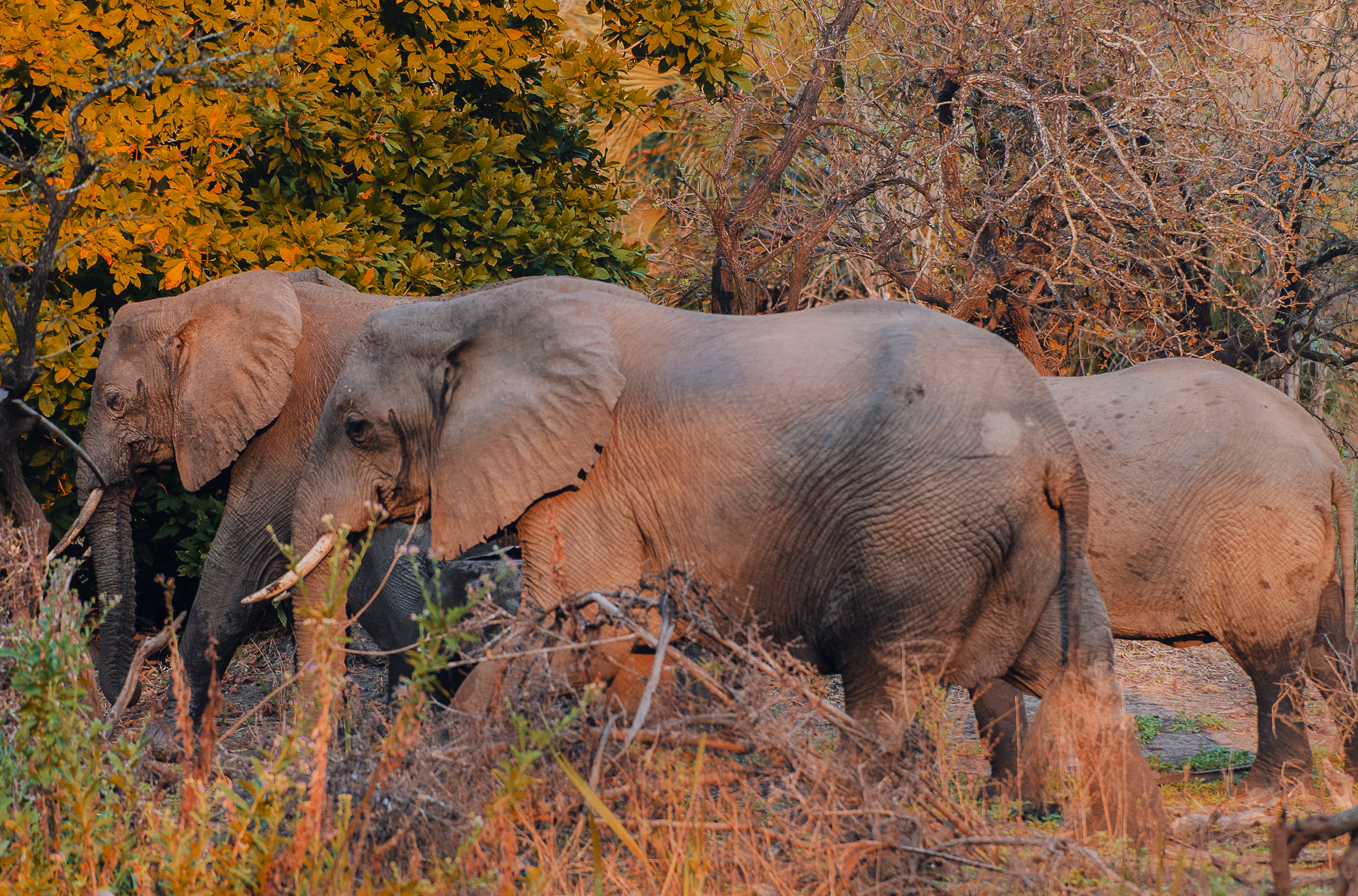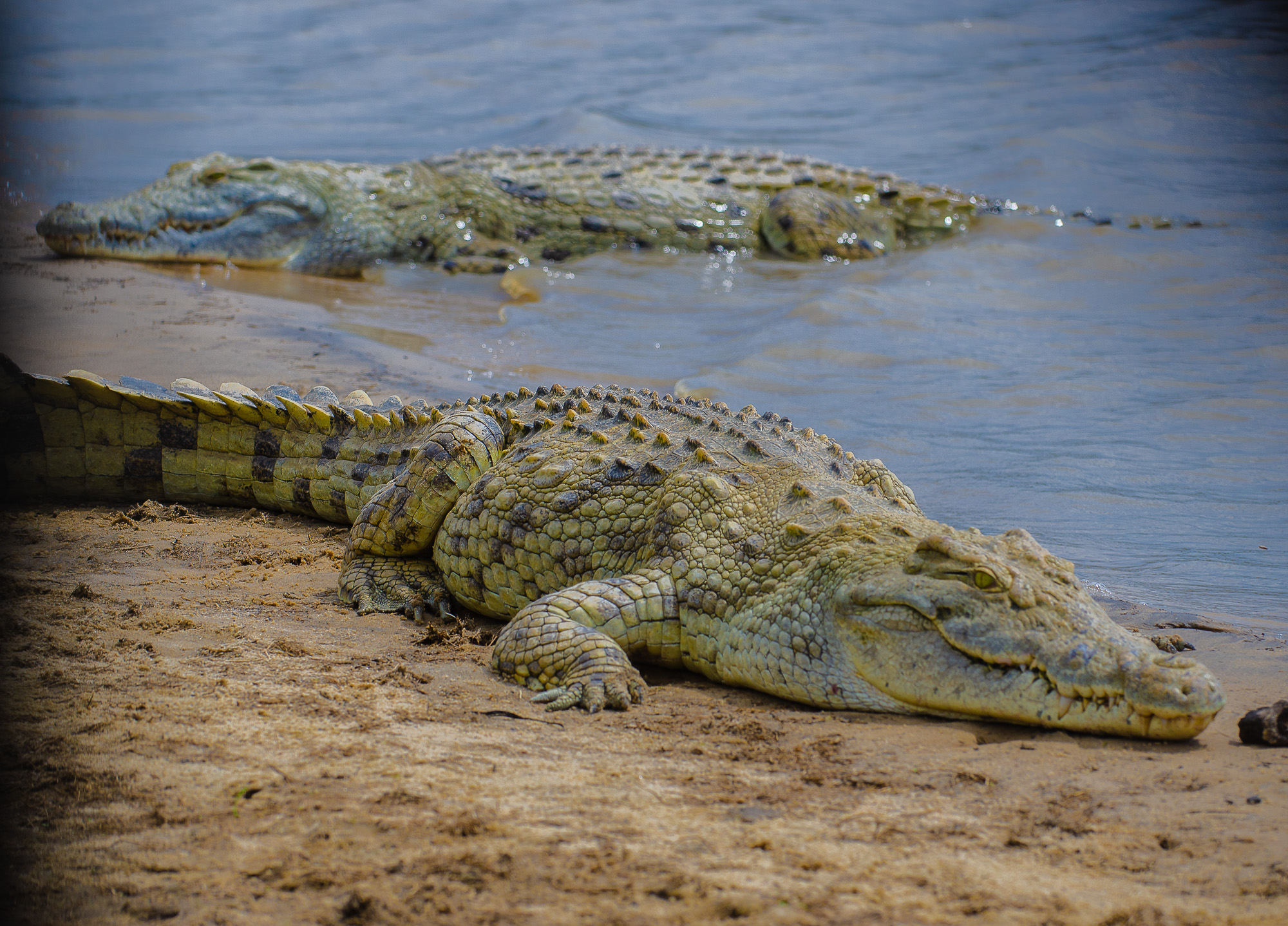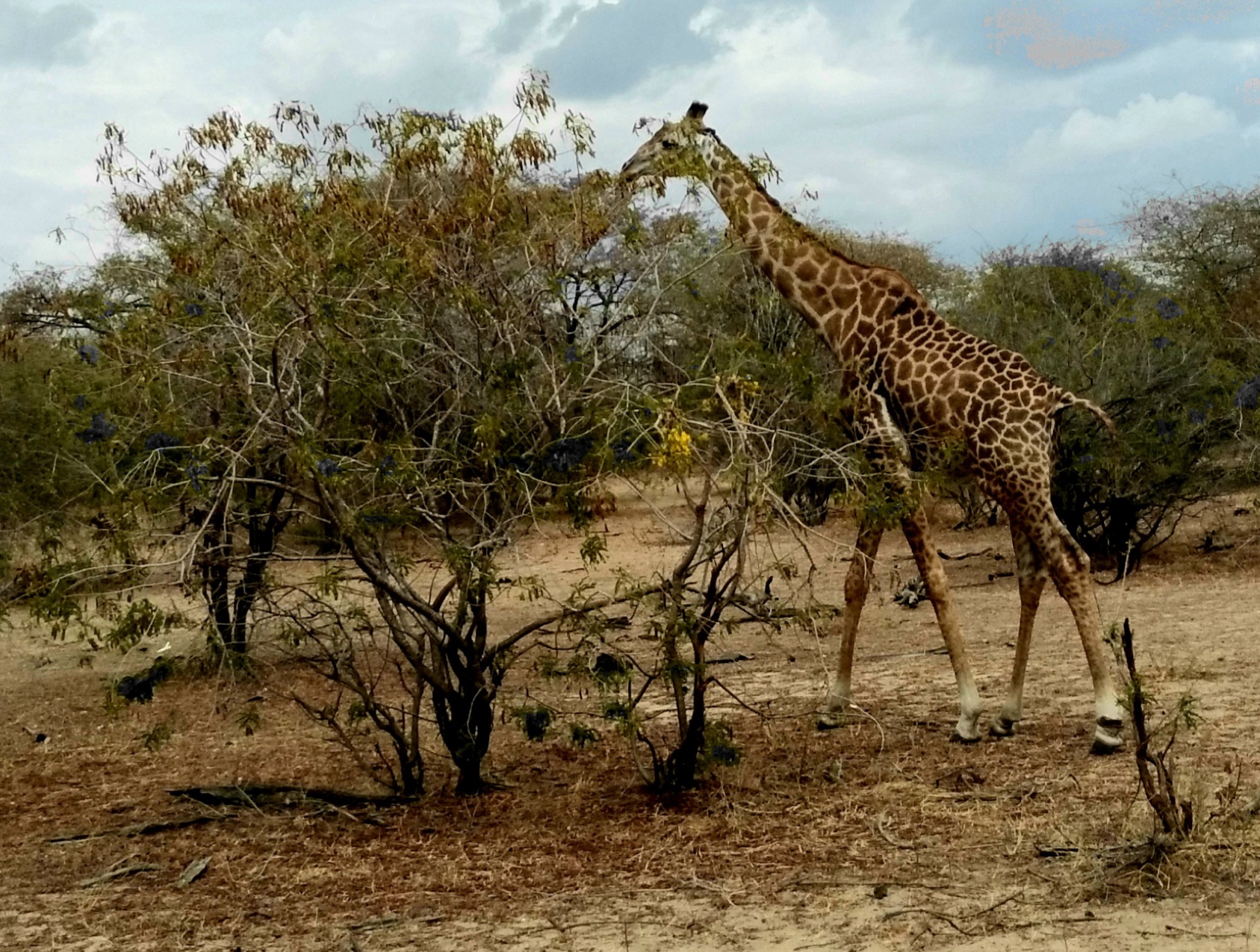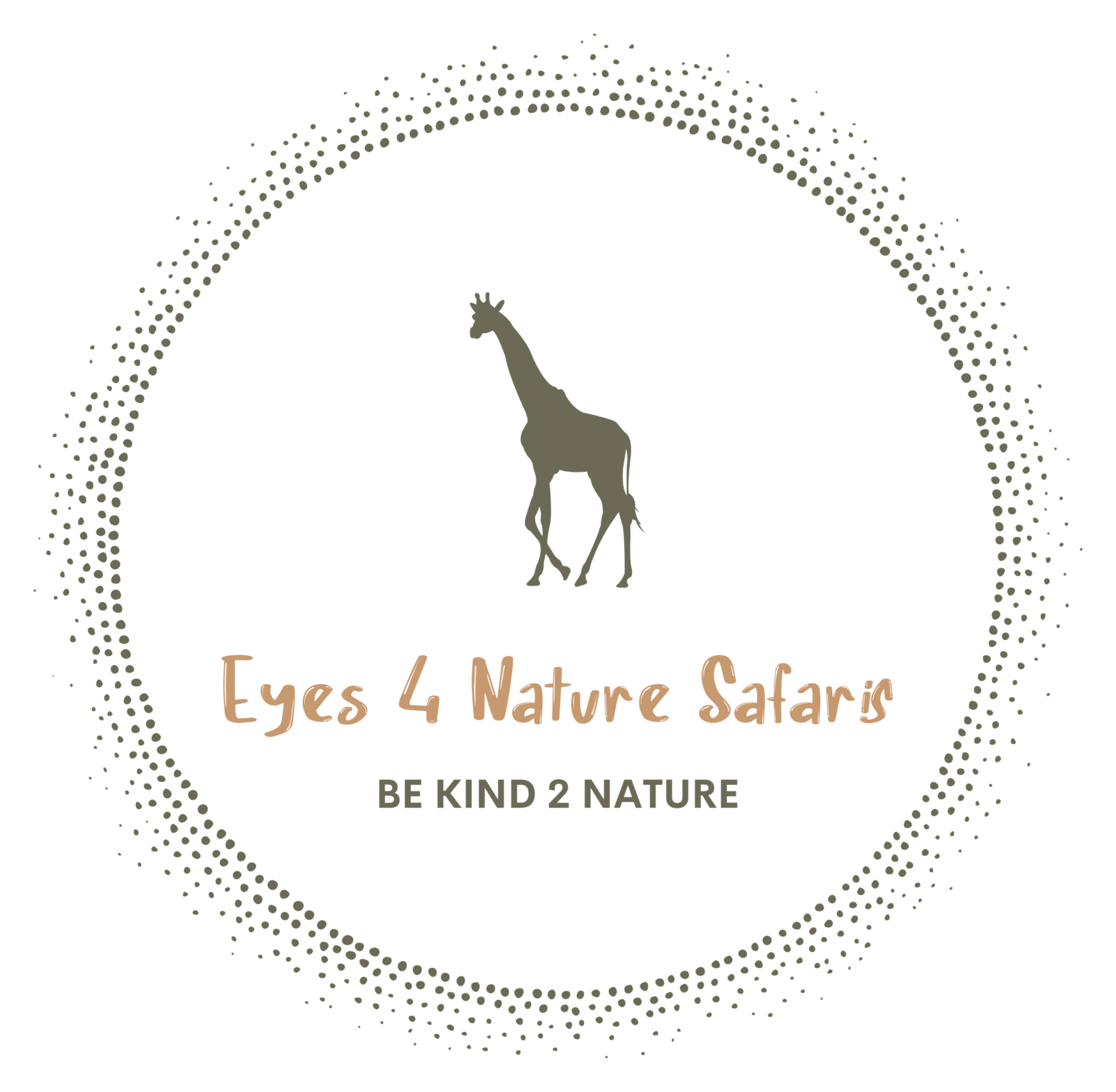
Nyerere National Park: A Guide to Africa's Largest Wilderness
Nyerere National Park, formerly part of Selous Game Reserve, is a vast wilderness area in Southern Tanzania, dominated by the mighty Rufiji River. It offers unique safari experiences like boat trips, walking safaris, and is a stronghold for African wild dogs.
Nyerere National Park, a name that resonates with the raw, untamed spirit of Africa. Carved out of the northern part of the legendary Selous Game Reserve – itself a UNESCO World Heritage site – Nyerere is now recognized as Africa's largest standalone national park. This isn't a place of neatly packaged wildlife encounters; it's a sprawling wilderness where the mighty Rufiji River dictates the rhythm of life. The sheer scale can be humbling. For me, Nyerere is where you feel the ancient pulse of the continent, a place where adventure still feels truly authentic, far from the bustling crowds. It’s a park that rewards the patient and the curious with unforgettable moments.
Apollo's Recommendation
For Nyerere, embrace the water! A boat safari on the Rufiji and its labyrinthine network of lakes is an absolute must-do. This gives you a perspective on wildlife you just can't get from a vehicle. Plan for at least three to four days to even scratch the surface. And if you're up for it, a guided walking safari here is a profound experience, connecting you to the bush on an intimate level. This is also one of the best places in Africa to seek out the elusive African wild dog. My tip: travel in the dry season (June to October) when animals congregate along the river systems, and the weather is cooler and drier.
The Rufiji River System – The Heartbeat of Nyerere
The Rufiji is not just a river; it's a vast, sprawling network of channels, oxbow lakes, lagoons, and swamps that creates a breathtakingly diverse aquatic environment. This is what truly sets Nyerere apart. During the dry season, the river and its associated water bodies become crucial congregation points for wildlife.
- Boating Safaris: The signature experience in Nyerere. Drifting silently along the waterways offers incredibly close and peaceful encounters with hippos, crocodiles, elephants drinking at the water's edge, and a myriad of water birds. You'll see landscapes and animal behaviors you'd miss from a vehicle. I've had some of my most memorable wildlife sightings from a boat here, watching a fish eagle swoop down for its prey or a herd of elephants playfully crossing a channel.
- Lakes (Tagalala, Mzizimia, Siwandu): These large lakes, fed by the Rufiji, are teeming with life. Expect to see large pods of hippos, enormous crocodiles basking on the banks, and exceptional birdlife. The Borassus palms fringing these lakes create a classic African panorama.
- Varied Habitats: The river system supports a mosaic of habitats, from riverine forests to open grasslands and miombo woodlands further afield, each with its own characteristic wildlife.
Key Areas and Unique Features of Nyerere:
- Vast Wilderness: Its sheer size means you can often feel like you have the entire park to yourself. This contributes to a real sense of exploration and adventure.
- Miombo Woodlands: Large areas of Nyerere are covered in miombo woodland, a habitat that supports specific species like sable antelope and Lichtenstein's hartebeest, though they can be shy. This woodland also gives the park its characteristic "wild" feel.
- Walking Safaris: Nyerere is renowned for its excellent walking safaris. Accompanied by an armed ranger and an experienced guide (like myself!), you get to learn about the smaller details of the bush – tracks, plants, insects – and experience the thrill of approaching wildlife on foot. It’s a humbling and exhilarating experience.
- Limited Road Network (in tourist areas): The focus is often on the riverine areas accessible for game drives and boating, which concentrates wildlife viewing but leaves vast tracts of the park truly wild and less visited by tourists.
Wildlife Highlights of Nyerere: Nyerere is a stronghold for some of Africa's most iconic and endangered species:
- African Wild Dogs: Nyerere is one of the best places in Africa to see these highly endangered predators. Their social dynamics and hunting prowess are fascinating to observe. I’ve spent countless hours tracking them, and every sighting is a privilege.
- Hippos and Crocodiles: The Rufiji River system boasts one of the largest populations of hippos and crocodiles in Africa. You'll see them in incredible numbers, especially on boat safaris.
- Elephants & Buffalo: Large herds of elephants and buffalo are common, particularly along the river and lakes.
- Lions: Lions are frequently sighted, often resting in the shade or stalking prey near water sources. The prides here are truly wild.
- Diverse Antelope Species: Besides the common impala and waterbuck, look out for greater kudu, eland, and with luck, the more elusive sable antelope.
- Birdlife: With over 440 recorded bird species, Nyerere is a birder's paradise. From fish eagles and Pel's fishing owls along the river to a host of kingfishers, herons, and weavers, the avian diversity is astounding. Keep an eye out for the endemic Kilombero weaver if you are near that specific area on the periphery.
Best Time to Visit:
- Dry Season (June - October): This is generally considered the best time for wildlife viewing. Animals congregate near the Rufiji River and other permanent water sources. The weather is pleasant, with cooler temperatures and less humidity. Mosquitoes are less prevalent.
- Shoulder Seasons (November - December & March - mid-May): The "short rains" (Nov-Dec) can bring a lovely green flush to the landscape. The "long rains" (April-May) make some areas inaccessible, and many camps close. Birdwatching is often excellent during these periods due to migratory arrivals.
- Green Season (January - February): The park is lush and green. Wildlife is more dispersed but still present. Fewer tourists, offering a more exclusive feel. It can be hot and humid.
Accommodation Options: Nyerere offers a range of intimate and often exclusive lodges and tented camps, primarily in the mid-range to luxury categories, reflecting its wilder, less crowded nature:
- Luxury Tented Camps & Lodges: Expect high levels of comfort, excellent guiding, and stunning locations, often overlooking the river or lakes. Examples include Siwandu (Asilia Africa), Roho ya Selous (Asilia Africa), and Beho Beho (though technically just outside the NP boundary in its own concession, it operates within the ecosystem). Price range: $800-2,000+ per person per night.
- Mid-range Permanent Tented Camps & Lodges: Comfortable, well-appointed camps offering a great safari experience with good amenities. Examples might include Rufiji River Camp or Lake Manze Tented Camp. Price range: $400-800 per person per night.
- Fly Camping (often offered by lodges): For the truly adventurous, some lodges offer fly-camping experiences – sleeping out in a lightweight tent under the stars with minimal facilities but maximum wilderness immersion. An unforgettable experience!
Activities Beyond Game Drives:
- Boat Safaris: As mentioned, a quintessential Nyerere experience.
- Walking Safaris: Highly recommended for an immersive bush experience.
- Fishing: Some lodges offer catch-and-release fishing for species like tigerfish and catfish in the Rufiji River.
- Cultural Visits: Visits to nearby villages can sometimes be arranged, offering insight into the local communities.
Practical Information:
- Park Fees: Typically around $70-$80 per adult per 24 hours, plus conservation fees. Children's rates apply. Note: Park fees can change, always verify with official sources.
- Access: Most visitors fly into one of the several airstrips within Nyerere (e.g., Mtemere, Matambwe, Siwandu). Road access is possible but very long and challenging, especially in the wet season.
- Internal Travel: Game drives and boat trips are the main ways to explore. Distances between areas can be significant.
- Combine With: Nyerere is often combined with Ruaha National Park for a comprehensive Southern Tanzania circuit. Zanzibar is also a popular beach extension after a Nyerere safari.
Nyerere National Park is more than just a safari destination; it's an immersion into a vast, dynamic ecosystem where nature still holds sway. The call of the fish eagle echoing over the Rufiji, the sight of wild dogs on the hunt, the quiet drift of a boat through hippo-filled waters – these are the experiences that define Nyerere and stay with you long after you've left. It demands a bit more from you as a traveler, perhaps more patience, but the rewards are immeasurable.
Gallery



Ready to Book Your Safari Experience?
Contact us today to start planning your perfect Tanzanian safari.
Contact Us